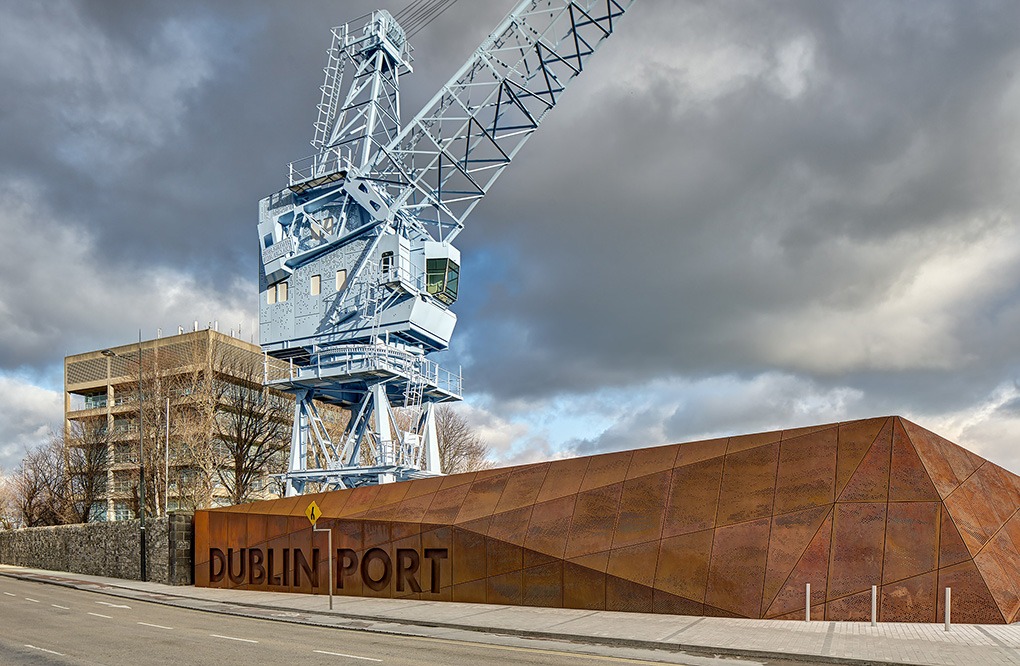Even after the 1990s privatisation boom, and the PD years, and “closer to Boston than Berlin”, the state is still the dominant player in the Irish domestic industry. Ireland has its multinational recruits of course, and multinationals of its own like CRH, Flutter, ICON, Ryanair and the aviation lessors. But for those companies, Ireland isn’t an important market. This is a list of the most valuable state-owned enterprises (SoEs). It’s derived from their 2020 and 2019 financials. I go through the methodology in more detail here, but the basic idea is that I estimate what future earnings will be, and…
Cancel at any time. Are you already a member? Log in here.
Want to read the full story?
Unlock this article – and everything else on The Currency – with an annual membership and receive a free Samsonite Upscape suitcase, retailing at €235, delivered to your door.

